Are you planning a trip to Vietnam and wondering how to make the most of it? Why are attractions so important in tourism? Attractions are the cornerstone of any successful tourism industry, driving economic growth, shaping cultural understanding, and enhancing traveler experiences. Let SIXT.VN be your guide to exploring the must-see attractions in Vietnam, ensuring an unforgettable adventure. Our expert travel consulting services will help you plan your itinerary, arrange convenient airport transfers, book accommodations, and secure tickets to popular sites, all while providing valuable insights into the local culture.
1. What Defines An Attraction In Tourism?
An attraction in tourism is anything that draws visitors to a specific place, offering unique experiences, activities, or cultural insights. Attractions are critical to the tourism industry, as they motivate travel, generate revenue, and support local economies. According to a report by the Vietnam National Administration of Tourism, attractions are key drivers of tourism revenue, with popular destinations seeing significant economic benefits from increased visitor numbers. These attractions can range from natural wonders like stunning beaches and majestic mountains to cultural landmarks such as historical sites and vibrant festivals.
1.1. Key Characteristics of Tourist Attractions
Tourist attractions share several defining characteristics:
- Uniqueness: They offer something special that can’t be easily found elsewhere, whether it’s a historical site, a natural wonder, or a cultural experience.
- Accessibility: They are generally accessible to tourists, with infrastructure and services in place to accommodate visitors.
- Appeal: They have a wide-ranging appeal, attracting diverse groups of people with varying interests and backgrounds.
- Promotion: They are actively promoted through marketing and advertising efforts to raise awareness and draw in tourists.
- Management: They are often professionally managed to ensure a high-quality visitor experience, preserve the site’s integrity, and manage visitor flow.
1.2. Types of Tourist Attractions
Tourist attractions come in various forms, each offering a unique appeal to different types of travelers:
- Natural Attractions: These include national parks, scenic landscapes, beaches, mountains, and geological formations.
- Cultural Attractions: These consist of historical sites, museums, art galleries, monuments, and religious sites.
- Recreational Attractions: These encompass theme parks, amusement parks, water parks, resorts, and sports facilities.
- Event-Based Attractions: These include festivals, concerts, sporting events, and trade shows.
Understanding these characteristics and types helps in appreciating Why Attractions Are So Important In Tourism. They are the magnets that draw people to explore new places, learn about different cultures, and create lasting memories.
2. Why Are Attractions So Important In Tourism?
Attractions are the lifeblood of tourism, serving as the primary reason people travel and explore new destinations. According to research from the World Tourism Organization (UNWTO) in 2023, attractions significantly enhance the overall tourism experience. They provide the foundation for memorable trips, contribute to economic growth, and foster cultural exchange.
2.1. Economic Impact
Attractions generate substantial revenue through entry fees, merchandise sales, and related tourism services. Tourism Economics reported in 2022 that regions with popular attractions often see higher employment rates and increased local business opportunities. The economic benefits extend beyond the attractions themselves, positively impacting hotels, restaurants, transportation, and other sectors.
2.2. Cultural Preservation
Many attractions are cultural landmarks that need to be preserved. UNESCO emphasizes that cultural attractions help maintain traditions, languages, and historical narratives. Tourism provides financial incentives for preserving these sites, ensuring they remain intact for future generations.
2.3. Destination Image
Attractions define a destination’s brand and image. Brand Finance noted in 2021 that iconic landmarks often become synonymous with a city or country, attracting tourists and influencing perceptions. A strong destination image attracts more visitors and enhances the overall tourism experience.
2.4. Visitor Satisfaction
Attractions offer unique experiences and contribute to visitor satisfaction. Studies by the Tourism Authority of Thailand in 2023 show that tourists who visit attractions report higher levels of satisfaction with their trip. Positive experiences encourage repeat visits and word-of-mouth recommendations, further boosting tourism.
2.5. Community Development
Tourism revenue from attractions can fund community development projects. Local governments often reinvest tourism income into improving infrastructure, education, and healthcare, as highlighted in a report by the Ministry of Planning and Investment of Vietnam in 2024. This creates a positive cycle where tourism benefits both visitors and local communities.
2.6. Job Creation
The tourism sector is a significant employer, with attractions playing a key role in creating jobs. According to the Vietnam General Statistics Office in 2024, the tourism industry accounts for a substantial portion of the country’s employment, including roles in hospitality, tour guiding, and site management.
2.7. Environmental Conservation
Natural attractions often drive conservation efforts. The International Union for Conservation of Nature (IUCN) has reported in 2022 that ecotourism initiatives tied to natural attractions can fund conservation projects and promote environmental awareness. Sustainable tourism practices help protect these valuable resources for future generations.
3. What Are The Key Tourist Attractions In Vietnam?
Vietnam boasts a diverse range of attractions that cater to various interests, from natural wonders to cultural heritage sites. The Vietnam National Administration of Tourism (VNAT) highlights several key attractions that draw millions of visitors each year. Let SIXT.VN guide you through these must-see destinations, ensuring a seamless and enriching travel experience.
3.1. Ha Long Bay
Ha Long Bay, a UNESCO World Heritage site, is renowned for its stunning limestone karsts and emerald waters. According to VNAT, it is one of Vietnam’s most visited destinations, offering breathtaking views and unique experiences like kayaking and boat tours.
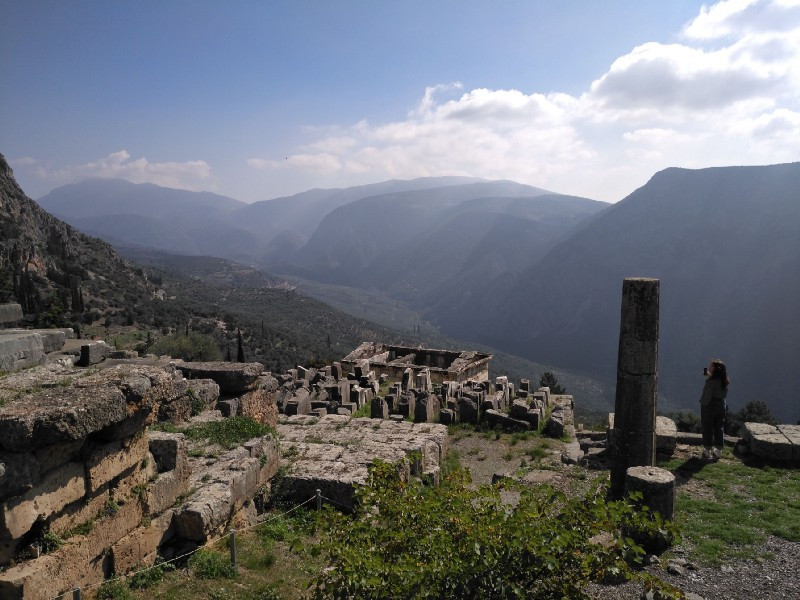 Ha Long Bay's stunning limestone karsts and emerald waters
Ha Long Bay's stunning limestone karsts and emerald waters
3.2. Hoi An Ancient Town
Hoi An Ancient Town, another UNESCO site, is a charming historical town known for its well-preserved architecture and vibrant lantern-lit streets. It offers a glimpse into Vietnam’s rich cultural heritage, attracting visitors with its tailor shops, traditional cuisine, and serene atmosphere. The unique blend of architectural styles reflects the town’s history as a major trading port, making it a captivating destination for history buffs and culture enthusiasts. Visitors can enjoy leisurely strolls along the Thu Bon River, explore ancient temples and assembly halls, and savor delicious local delicacies like Cao Lau and white rose dumplings. Hoi An’s vibrant night market, with its colorful lanterns and bustling atmosphere, is a must-see for any traveler.
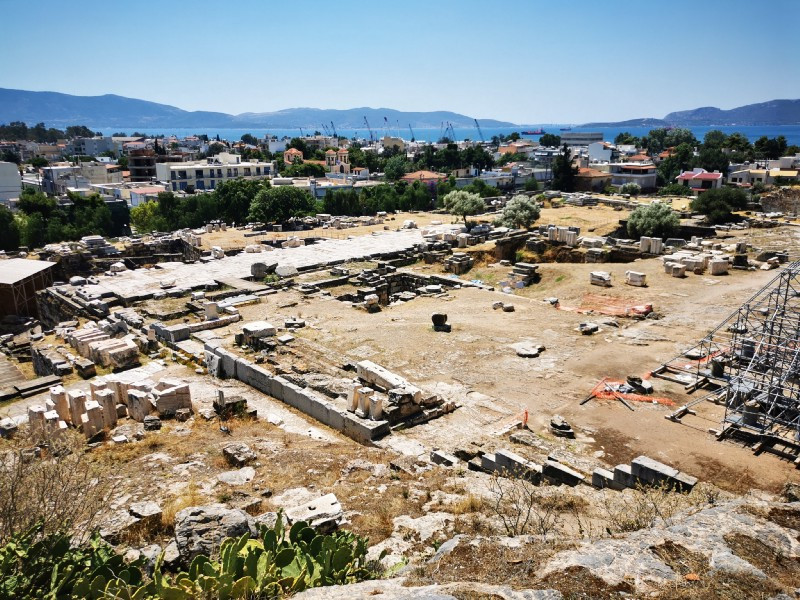 Hoi An Ancient Town's lantern-lit streets at night
Hoi An Ancient Town's lantern-lit streets at night
3.3. Hanoi Old Quarter
The Hanoi Old Quarter is a bustling hub of culture and commerce, with narrow streets filled with shops, street food vendors, and historical sites. It offers an immersive experience into Hanoi’s vibrant street life, attracting visitors with its lively atmosphere and cultural landmarks. The area is known for its traditional “tube houses,” ancient temples, and bustling markets, where visitors can find everything from silk scarves to traditional handicrafts. Don’t miss the chance to try local specialties like pho, banh mi, and egg coffee. The Old Quarter’s unique blend of old-world charm and modern energy makes it a must-visit destination for anyone exploring Hanoi.
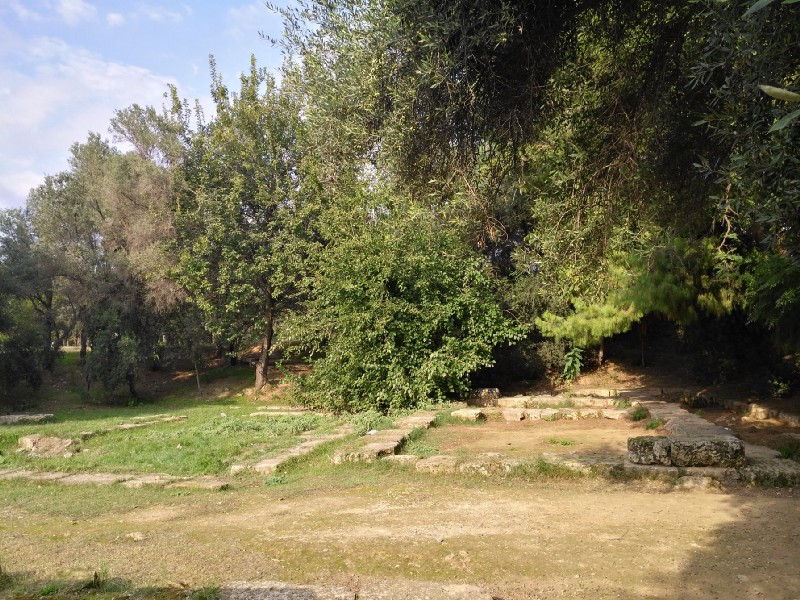 Hanoi Old Quarter's bustling streets and vibrant atmosphere
Hanoi Old Quarter's bustling streets and vibrant atmosphere
3.4. Sapa
Sapa, located in the northern mountains, is famous for its stunning rice terraces and diverse ethnic cultures. According to the Ministry of Culture, Sports and Tourism, Sapa is a popular destination for trekking and exploring Vietnam’s natural beauty. The region is home to several ethnic minority groups, including the Hmong and Dao people, who maintain their traditional lifestyles and customs. Visitors can hike through lush valleys, visit local villages, and enjoy breathtaking views of the surrounding mountains. Sapa’s cool climate and picturesque landscapes make it a refreshing escape from the bustling cities.
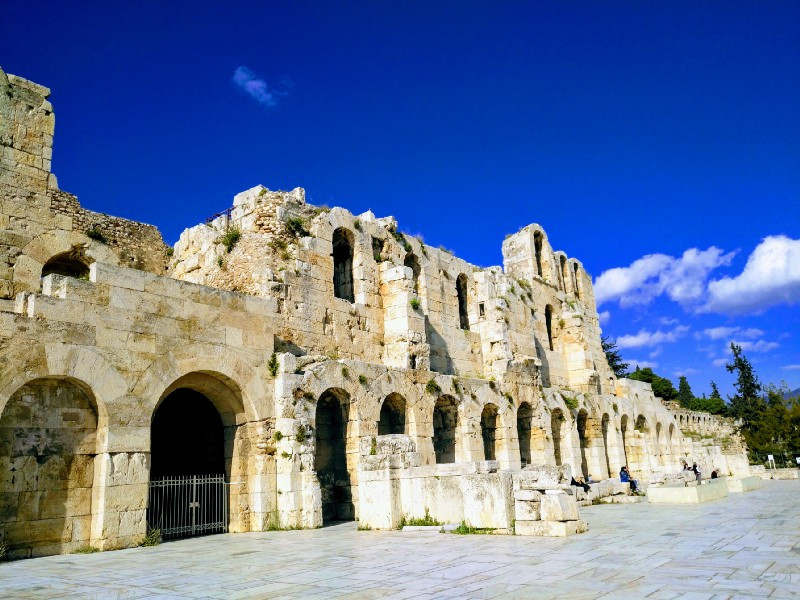 Sapa's stunning rice terraces and mountain views
Sapa's stunning rice terraces and mountain views
3.5. Phong Nha-Ke Bang National Park
Phong Nha-Ke Bang National Park, a UNESCO World Heritage site, is home to some of the world’s largest and most spectacular caves, including Son Doong Cave. It attracts adventure travelers and nature enthusiasts with its stunning landscapes and unique geological formations. The park offers a variety of activities, including cave expeditions, jungle trekking, and river cruises. Visitors can explore the mysterious depths of Paradise Cave, marvel at the stunning stalactites and stalagmites in Phong Nha Cave, and discover the hidden beauty of the park’s underground rivers.
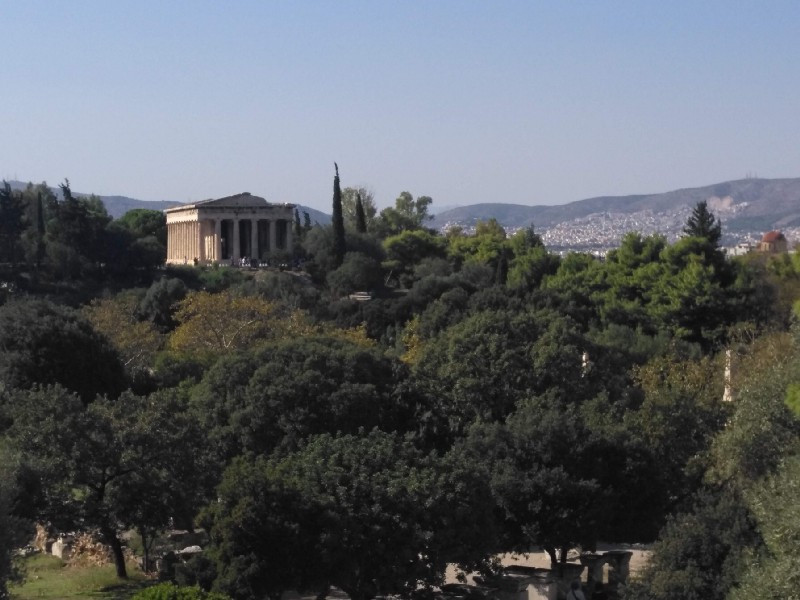 Phong Nha-Ke Bang National Park's caves and landscapes
Phong Nha-Ke Bang National Park's caves and landscapes
3.6. Mekong Delta
The Mekong Delta, known as the “rice bowl” of Vietnam, is a lush region of waterways, floating markets, and fruit orchards. It offers a unique cultural experience, attracting visitors with its vibrant river life and fertile landscapes. Visitors can take boat tours through the intricate network of canals, visit colorful floating markets like Cai Be and Cai Rang, and sample fresh tropical fruits. The Mekong Delta is also home to numerous temples, pagodas, and traditional villages, offering a glimpse into the region’s rich cultural heritage.
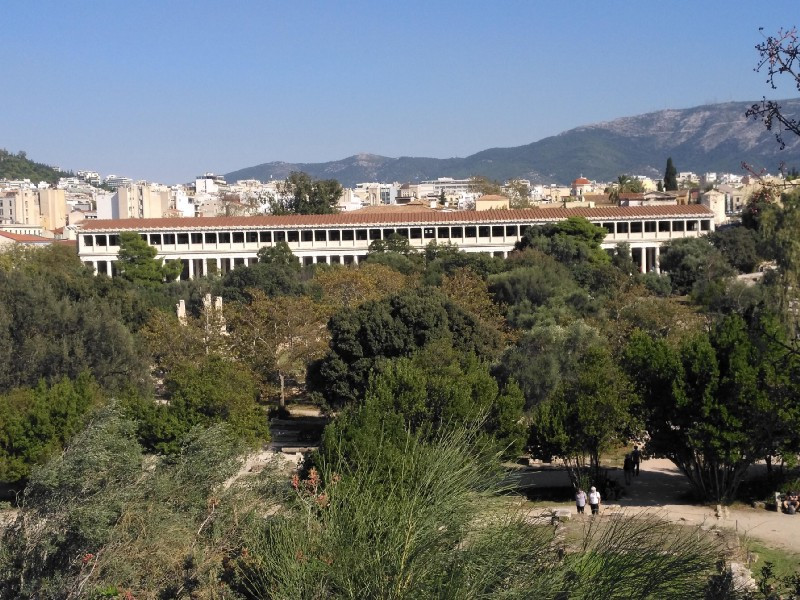 Mekong Delta's waterways, floating markets, and lush landscapes
Mekong Delta's waterways, floating markets, and lush landscapes
3.7. Imperial City of Hue
The Imperial City of Hue, a UNESCO World Heritage site, is the former capital of Vietnam and a treasure trove of historical sites and imperial architecture. According to UNESCO, it is an essential destination for understanding Vietnam’s royal history and cultural heritage. The city is home to the Citadel, a sprawling complex of palaces, temples, and gardens that once served as the seat of the Nguyen Dynasty. Visitors can explore the Forbidden Purple City, visit the tombs of the emperors, and take a boat trip along the Perfume River. Hue’s serene atmosphere and rich history make it a captivating destination for history enthusiasts.
 Imperial City of Hue's palaces, temples, and gardens
Imperial City of Hue's palaces, temples, and gardens
3.8. Cu Chi Tunnels
The Cu Chi Tunnels are an extensive network of underground tunnels used by the Viet Cong during the Vietnam War. They offer a sobering glimpse into the country’s wartime history, attracting visitors interested in learning about Vietnam’s resilience and strategic ingenuity. Visitors can crawl through sections of the tunnels, explore underground bunkers, and learn about the tactics used by the Viet Cong. The Cu Chi Tunnels provide a unique and thought-provoking experience that sheds light on a pivotal period in Vietnamese history.
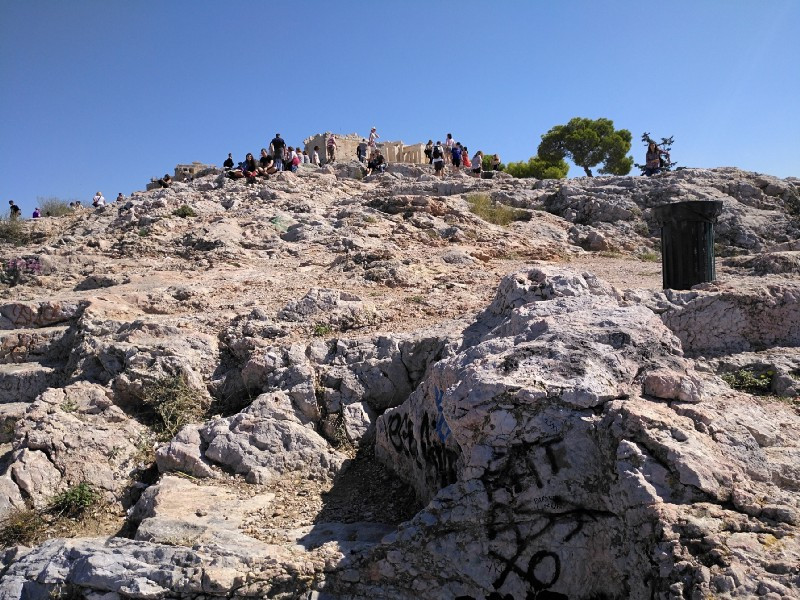 Cu Chi Tunnels' underground network used during the Vietnam War
Cu Chi Tunnels' underground network used during the Vietnam War
3.9. My Son Sanctuary
My Son Sanctuary, a UNESCO World Heritage site, is an ancient Cham temple complex dating back to the 4th century. It showcases the rich cultural heritage of the Cham civilization, attracting history enthusiasts and architecture lovers. The sanctuary features a collection of impressive brick temples and towers, adorned with intricate carvings and sculptures. Visitors can explore the ruins, learn about the history of the Cham people, and admire the architectural marvels that have stood the test of time.
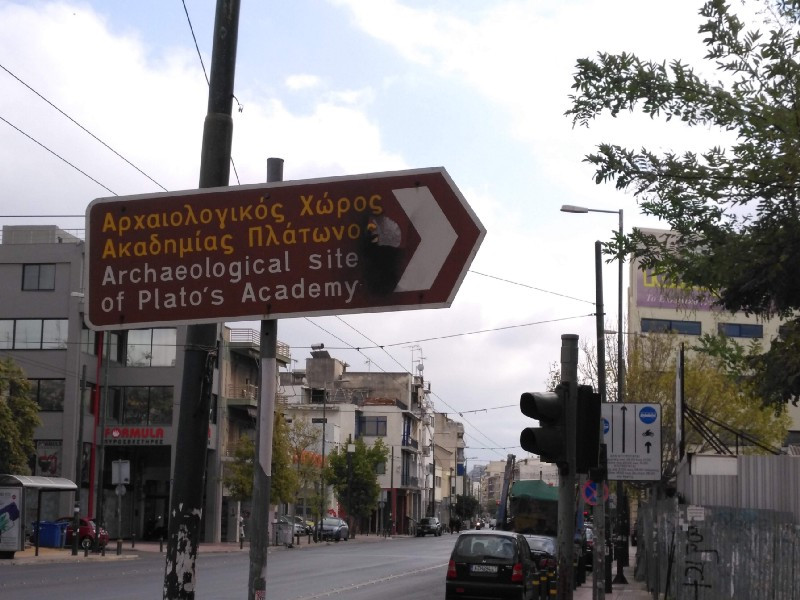 My Son Sanctuary's ancient Cham temple complex
My Son Sanctuary's ancient Cham temple complex
4. How To Plan A Trip To Visit The Attractions In Vietnam?
Planning a trip to Vietnam requires careful consideration of various factors to ensure a smooth and enjoyable experience. SIXT.VN offers comprehensive services to help you plan your itinerary, arrange transportation, book accommodations, and secure tickets to popular sites.
4.1. Determine Your Interests
Identify the types of attractions that appeal to you, whether it’s natural landscapes, historical sites, cultural experiences, or adventure activities. This will help you narrow down your destinations and create a focused itinerary.
4.2. Research Destinations
Explore different regions of Vietnam and identify the attractions that align with your interests. Consider factors such as accessibility, climate, and local culture when making your decisions.
4.3. Create An Itinerary
Develop a detailed itinerary that includes the attractions you want to visit, the activities you want to participate in, and the amount of time you want to spend at each location. Be sure to factor in travel time between destinations and allow for flexibility in case of unexpected delays.
4.4. Book Accommodations
Reserve your accommodations in advance, especially if you’re traveling during peak season. Consider factors such as location, price, amenities, and reviews when selecting your hotels or guesthouses. SIXT.VN offers a wide range of accommodation options to suit every budget and preference.
4.5. Arrange Transportation
Plan your transportation between destinations, whether it’s flights, trains, buses, or private cars. Consider the cost, convenience, and comfort of each option when making your decisions. SIXT.VN provides reliable airport transfer services and can assist you with booking domestic flights and train tickets.
4.6. Secure Tickets And Passes
Purchase tickets and passes to popular attractions in advance to avoid long lines and ensure availability. SIXT.VN can help you secure tickets to various sites and activities, saving you time and hassle.
4.7. Pack Appropriately
Pack clothing, footwear, and gear suitable for the climate and activities you’ll be participating in. Don’t forget essentials such as sunscreen, insect repellent, and a first-aid kit.
4.8. Obtain Necessary Visas And Vaccinations
Check the visa requirements for your nationality and obtain the necessary visas well in advance of your trip. Consult with your doctor about recommended vaccinations and health precautions for Vietnam.
4.9. Learn Basic Vietnamese Phrases
Learning a few basic Vietnamese phrases can enhance your interactions with locals and make your trip more enjoyable. Simple phrases like “xin chào” (hello), “cảm ơn” (thank you), and “bao nhiêu tiền” (how much) can go a long way.
4.10. Stay Informed
Keep up-to-date with travel advisories, health alerts, and local news to ensure your safety and well-being during your trip. Follow the guidelines and recommendations provided by local authorities and tourism organizations.
5. What Services Does SIXT.VN Provide To Support Visiting Attractions In Vietnam?
SIXT.VN offers a range of services designed to support tourists visiting attractions in Vietnam, ensuring a seamless and memorable experience.
5.1. Travel Consulting
Our expert travel consultants provide personalized itinerary planning services tailored to your interests, preferences, and budget. We offer valuable insights into the best attractions, activities, and hidden gems in Vietnam.
5.2. Airport Transfer
We offer reliable and comfortable airport transfer services to and from major airports in Vietnam, ensuring a hassle-free start and end to your trip. Our professional drivers will greet you upon arrival and transport you safely to your hotel or destination.
5.3. Hotel Booking
We provide a wide range of accommodation options to suit every budget and preference, from luxury hotels to budget-friendly guesthouses. Our online booking platform allows you to easily search, compare, and reserve your accommodations in advance.
5.4. Ticket Booking
We can help you secure tickets to popular attractions, shows, and events in Vietnam, saving you time and hassle. Our ticket booking service ensures that you won’t miss out on the must-see experiences during your trip.
5.5. Tour Packages
We offer a variety of pre-designed tour packages that include visits to key attractions, transportation, accommodations, and guided tours. Our tour packages are designed to provide a comprehensive and immersive experience of Vietnam’s culture, history, and natural beauty.
5.6. Car Rental
We provide car rental services, allowing you to explore Vietnam at your own pace. Choose from a wide range of vehicles to suit your needs and preferences, and enjoy the freedom and flexibility of self-drive travel.
5.7. Visa Assistance
We can assist you with obtaining the necessary visas for your trip to Vietnam, providing guidance and support throughout the application process.
5.8. 24/7 Customer Support
Our dedicated customer support team is available 24/7 to assist you with any questions, concerns, or issues that may arise during your trip. We are committed to providing exceptional service and ensuring your satisfaction.
6. Case Studies: Successful Tourism Initiatives Centered Around Attractions
Several successful tourism initiatives highlight the importance of attractions in driving economic growth and enhancing visitor experiences.
6.1. The Guggenheim Museum Bilbao, Spain
The Guggenheim Museum Bilbao transformed the city’s economy by attracting millions of visitors and creating a cultural tourism hub. According to a report by the Basque Government in 2023, the museum generated significant revenue and boosted local businesses. The museum became an iconic landmark, putting Bilbao on the global tourism map and revitalizing the city’s image. Its success demonstrates the power of cultural attractions in transforming a destination and driving economic growth.
6.2. The High Line, New York City, USA
The High Line, an elevated park built on a former railway line, revitalized a neglected neighborhood in New York City. The New York City Department of Parks and Recreation reported in 2022 that the park attracted millions of visitors and stimulated economic development in the surrounding area. The High Line’s unique design and green space attracted tourists and locals alike, making it a popular destination and a catalyst for urban renewal.
6.3. The Waitomo Caves, New Zealand
The Waitomo Caves, famous for their glowworms, attract visitors from around the world and support the local economy. Tourism New Zealand reported in 2024 that the caves generate significant revenue and provide employment opportunities for the local community. The caves’ unique natural beauty and glowworm displays make them a must-see attraction, driving tourism and supporting conservation efforts.
6.4. The Zhangjiajie National Forest Park, China
The Zhangjiajie National Forest Park, with its stunning pillar-like rock formations, inspired the movie Avatar and has become a major tourist destination. According to the Hunan Provincial Tourism Bureau in 2023, the park attracts millions of visitors annually and contributes significantly to the local economy. The park’s otherworldly landscapes and natural beauty make it a popular destination for nature lovers and adventure travelers.
6.5. The Gardens By The Bay, Singapore
The Gardens by the Bay, with its futuristic Supertrees and stunning horticultural displays, has become a symbol of Singapore and a major tourist attraction. The Singapore Tourism Board reported in 2022 that the gardens attract millions of visitors and contribute to the country’s reputation as a top tourist destination. The gardens’ innovative design and unique attractions make them a must-see for anyone visiting Singapore.
7. How Do Attractions Contribute To Sustainable Tourism?
Attractions play a critical role in promoting sustainable tourism by fostering responsible practices, supporting local communities, and preserving cultural and natural heritage. According to the Global Sustainable Tourism Council (GSTC), sustainable tourism initiatives centered around attractions can have significant positive impacts on the environment, economy, and society.
7.1. Environmental Conservation
Attractions can drive conservation efforts by generating revenue for environmental protection and promoting eco-friendly practices. National parks, wildlife reserves, and eco-tourism sites often use tourism income to fund conservation projects and raise awareness about environmental issues.
7.2. Community Empowerment
Tourism initiatives centered around attractions can empower local communities by providing employment opportunities, supporting local businesses, and promoting cultural exchange. Community-based tourism projects often involve local residents in the management and operation of attractions, ensuring that tourism benefits the community as a whole.
7.3. Cultural Preservation
Attractions can help preserve cultural heritage by providing financial incentives for maintaining historical sites, supporting traditional crafts, and promoting cultural awareness. Cultural tourism initiatives often involve local communities in the preservation and interpretation of their cultural heritage, ensuring that it is passed on to future generations.
7.4. Education And Awareness
Attractions can serve as educational platforms for raising awareness about environmental and cultural issues. Museums, historical sites, and eco-tourism sites often provide informative exhibits and guided tours that educate visitors about the importance of conservation and cultural preservation.
7.5. Responsible Practices
Attractions can promote responsible tourism practices by implementing eco-friendly policies, reducing waste, conserving energy, and minimizing their environmental impact. Sustainable tourism initiatives often involve the use of renewable energy, water conservation measures, and waste reduction programs.
8. What Challenges Do Attractions Face In The Tourism Industry?
Attractions face several challenges in the tourism industry, including overtourism, environmental degradation, and competition from other destinations. Addressing these challenges requires careful planning, sustainable practices, and innovative solutions.
8.1. Overtourism
Overtourism can lead to overcrowding, strain on infrastructure, and negative impacts on local communities and the environment. Managing overtourism requires implementing strategies such as limiting visitor numbers, promoting off-season travel, and diversifying attractions.
8.2. Environmental Degradation
Tourism can contribute to environmental degradation through pollution, deforestation, and damage to natural habitats. Sustainable tourism practices, such as waste reduction, energy conservation, and responsible wildlife viewing, are essential for minimizing the environmental impact of tourism.
8.3. Competition
Attractions face competition from other destinations and attractions, making it essential to differentiate themselves and offer unique experiences. Innovation, marketing, and quality service are key to attracting and retaining visitors.
8.4. Economic Leakage
Economic leakage occurs when tourism revenue does not benefit local communities, but instead flows out to foreign-owned businesses or multinational corporations. Supporting local businesses, hiring local employees, and promoting community-based tourism can help minimize economic leakage and ensure that tourism benefits local communities.
8.5. Seasonality
Many attractions experience seasonal fluctuations in visitor numbers, leading to economic instability and underutilization of resources during the off-season. Promoting off-season travel, developing year-round attractions, and diversifying tourism products can help address the challenge of seasonality.
8.6. Infrastructure Limitations
Inadequate infrastructure, such as transportation, accommodations, and sanitation facilities, can limit the capacity of attractions to accommodate visitors and provide a high-quality experience. Investing in infrastructure improvements and sustainable development is essential for supporting tourism growth.
9. What Are The Emerging Trends In Tourist Attractions?
Several emerging trends are shaping the future of tourist attractions, including technology integration, experiential travel, and sustainable tourism.
9.1. Technology Integration
Technology is transforming the way visitors experience attractions, with the use of virtual reality, augmented reality, and mobile apps to enhance engagement and provide personalized experiences. Museums, historical sites, and theme parks are increasingly using technology to create immersive and interactive exhibits.
9.2. Experiential Travel
Travelers are increasingly seeking authentic and immersive experiences that allow them to connect with local culture and communities. Attractions are responding by offering hands-on activities, cultural workshops, and opportunities to interact with local residents.
9.3. Sustainable Tourism
Sustainable tourism is becoming increasingly important, with travelers seeking eco-friendly and responsible travel options. Attractions are responding by implementing sustainable practices, promoting conservation efforts, and supporting local communities.
9.4. Wellness Tourism
Wellness tourism is on the rise, with travelers seeking destinations and attractions that promote health and well-being. Spas, yoga retreats, and nature-based activities are becoming increasingly popular.
9.5. Niche Tourism
Niche tourism, such as adventure tourism, culinary tourism, and cultural tourism, is gaining popularity, with travelers seeking specialized experiences tailored to their interests. Attractions are responding by developing niche offerings that cater to specific segments of the market.
9.6. Smart Tourism
Smart tourism involves the use of technology to enhance the efficiency, sustainability, and visitor experience of tourism destinations and attractions. Smart tourism initiatives include the use of data analytics, mobile apps, and IoT devices to optimize resource management, improve visitor flow, and provide personalized services.
10. Why Choose SIXT.VN For Visiting Attractions In Vietnam?
Choosing SIXT.VN for visiting attractions in Vietnam ensures a seamless, enjoyable, and memorable travel experience. Our comprehensive services, expert guidance, and commitment to customer satisfaction make us the ideal partner for exploring Vietnam’s cultural and natural treasures.
10.1. Expert Local Knowledge
Our team of travel consultants possesses extensive local knowledge and expertise, allowing us to provide personalized recommendations and insights that you won’t find anywhere else. We can help you discover hidden gems, plan unique experiences, and navigate the complexities of travel in Vietnam.
10.2. Comprehensive Services
We offer a one-stop-shop for all your travel needs, including itinerary planning, airport transfers, hotel booking, ticket booking, and tour packages. Our comprehensive services save you time, hassle, and stress, allowing you to focus on enjoying your trip.
10.3. Reliable And Trustworthy
We are a reputable and reliable travel company with a proven track record of providing exceptional service and customer satisfaction. You can trust us to handle all the details of your trip with professionalism and care.
10.4. Competitive Pricing
We offer competitive pricing on all our services, ensuring that you get the best value for your money. Our transparent pricing policy means that you’ll never have to worry about hidden fees or surprises.
10.5. 24/7 Customer Support
Our dedicated customer support team is available 24/7 to assist you with any questions, concerns, or issues that may arise during your trip. We are committed to providing prompt, helpful, and friendly assistance whenever you need it.
10.6. Sustainable Tourism Practices
We are committed to promoting sustainable tourism practices that protect the environment, support local communities, and preserve cultural heritage. We work with local partners to ensure that our tours and activities are responsible and ethical.
10.7. Personalized Experiences
We understand that every traveler is unique, which is why we offer personalized experiences tailored to your interests, preferences, and budget. Whether you’re interested in culture, history, nature, or adventure, we can create a trip that’s perfect for you.
10.8. Convenient Booking
Our user-friendly online booking platform makes it easy to search, compare, and reserve your travel services in just a few clicks. You can book your flights, hotels, tours, and activities from the comfort of your own home.
Ready to explore the best attractions in Vietnam? Let SIXT.VN take care of all your travel needs! Contact us today for personalized travel consulting, airport transfers, hotel booking, ticket booking, and tour packages. Visit our website at SIXT.VN or call our hotline/WhatsApp at +84 986 244 358. Our address is 260 Cau Giay, Hanoi, Vietnam.
FAQ About The Importance Of Attractions In Tourism
Q1: What makes an attraction “attractive” to tourists?
An attraction is considered attractive to tourists when it offers unique experiences, cultural insights, or activities that cannot be easily found elsewhere. These attractions often have a strong appeal, are accessible, and are actively promoted.
Q2: How do attractions benefit the local economy?
Attractions generate revenue through entry fees, merchandise sales, and related tourism services, boosting local businesses, increasing employment rates, and supporting infrastructure development.
Q3: Why is cultural preservation important in tourism?
Cultural preservation is important because it maintains traditions, languages, and historical narratives. Tourism provides financial incentives for preserving these sites, ensuring they remain intact for future generations.
Q4: What role do attractions play in shaping a destination’s image?
Attractions define a destination’s brand and image. Iconic landmarks often become synonymous with a city or country, attracting tourists and influencing perceptions.
Q5: How do attractions contribute to visitor satisfaction?
Attractions offer unique experiences that contribute to visitor satisfaction. Tourists who visit attractions report higher levels of satisfaction with their trip, encouraging repeat visits and word-of-mouth recommendations.
Q6: Can tourism revenue from attractions fund community development?
Yes, tourism revenue from attractions can fund community development projects. Local governments often reinvest tourism income into improving infrastructure, education, and healthcare.
Q7: How do attractions help with environmental conservation?
Natural attractions often drive conservation efforts. Ecotourism initiatives tied to natural attractions can fund conservation projects and promote environmental awareness.
Q8: What are some challenges that attractions face in the tourism industry?
Challenges include overtourism, environmental degradation, competition from other destinations, economic leakage, seasonality, and infrastructure limitations.
Q9: How are emerging trends like technology integration affecting tourist attractions?
Technology is transforming the way visitors experience attractions, with the use of virtual reality, augmented reality, and mobile apps to enhance engagement and provide personalized experiences.
Q10: What sustainable practices can attractions implement to reduce their environmental impact?
Attractions can implement eco-friendly policies, reduce waste, conserve energy, use renewable energy, implement water conservation measures, and establish waste reduction programs.



